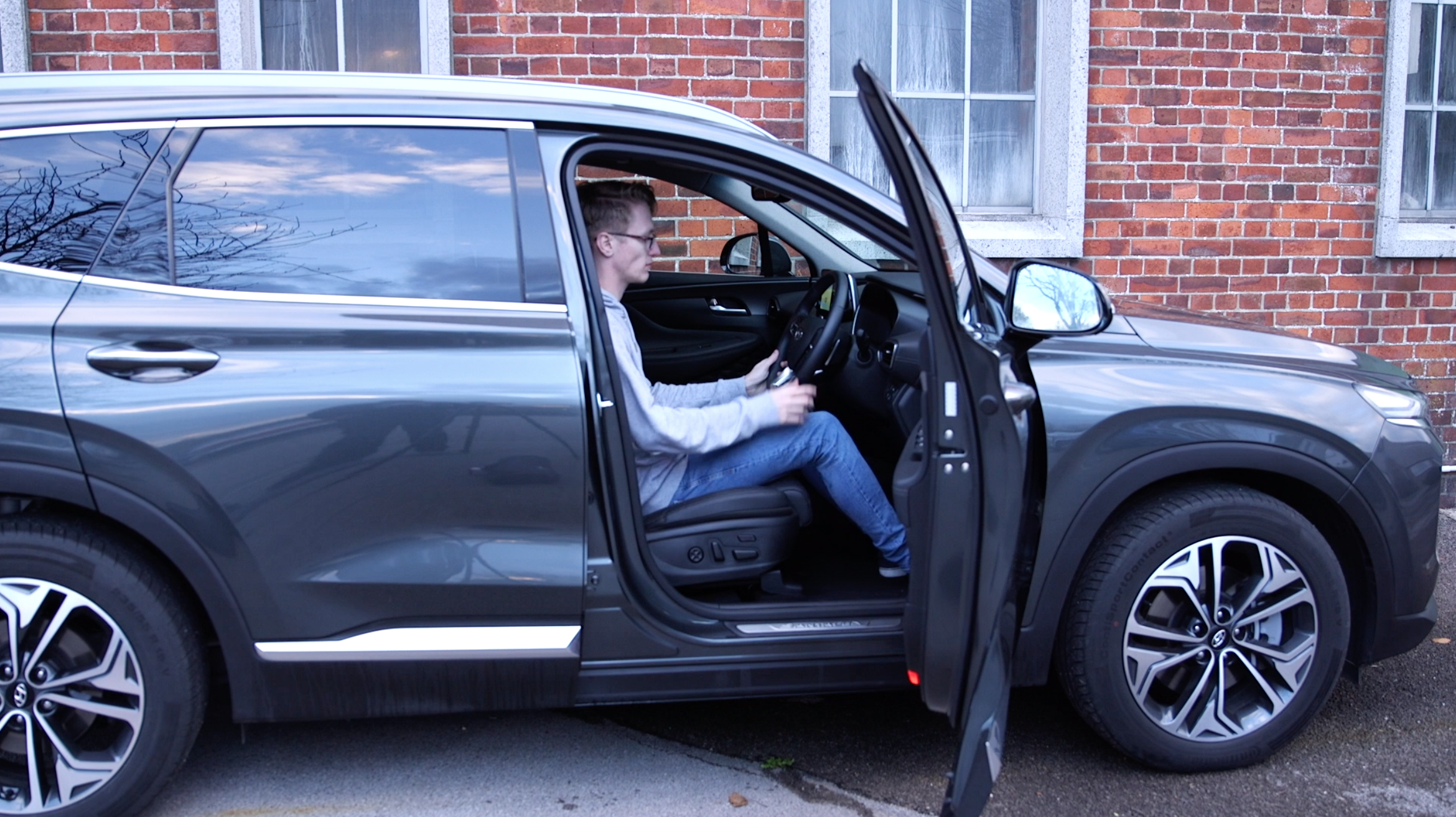It’s no secret that we spend a hell of a lot of time sat behind the wheel. The average commute in the UK is 54 minutes – and many people undertake that journey by car.
As with anything that involves sitting in one position for a long time, it’s vital that you orient yourself in a way that’s comfortable, ergonomic and most importantly, won’t cause joint, back or neck issues in the future.
In the car it’s even more important to sit in the correct manner, as you need to operate all the major controls safely and comfortably. Plus, in the event of a crash, safety equipment will work best on a body that’s sat correctly.
But how do you ensure your driving position is safe, secure and correct? Here’s our top tips…
Setting the seat
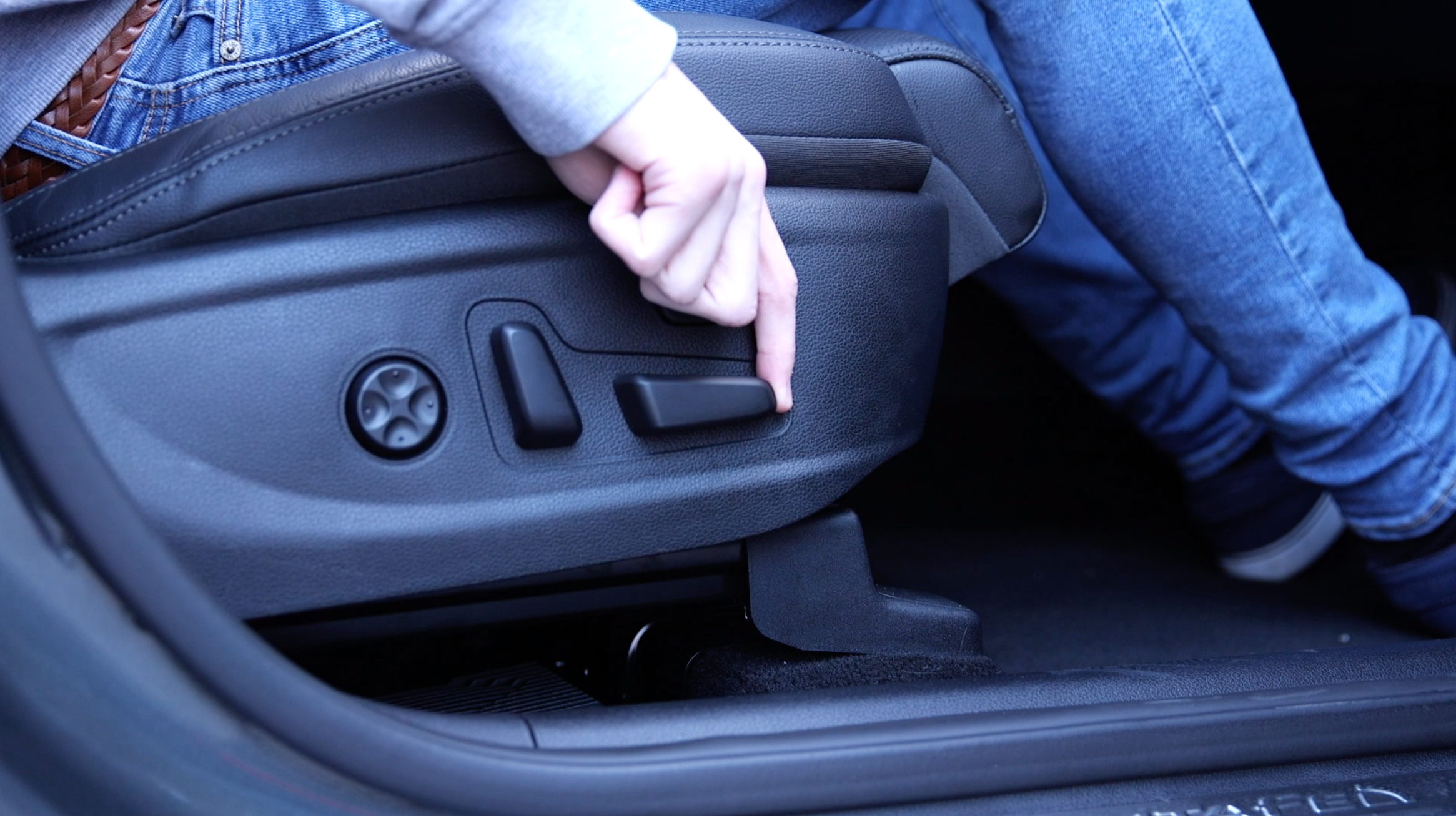
The vast majority of cars on sale will have six-way adjustment – at the bare minimum. That means it’ll go forward and back, the backrest will tilt, and there will be height adjustment to move the seat up and down.
First, adjust the distance you sit. In a manual car, you should be able to press the clutch pedal to the floor with a slight bend in your leg. For an automatic, your foot should rest comfortably on the dead pedal and you should be able to comfortably operate the accelerator and brake to their full range of motion.
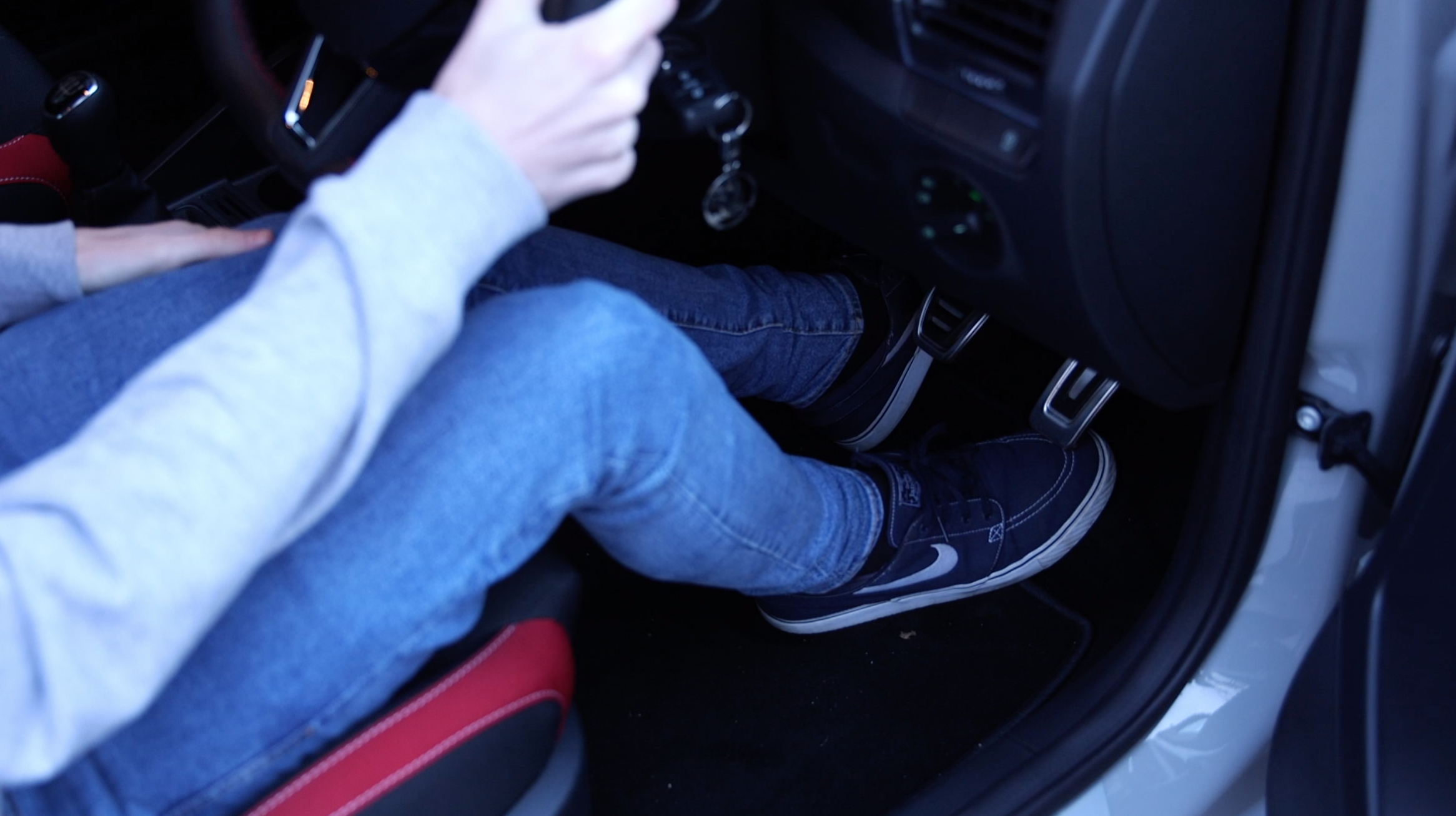
For the backrest, you should aim for a slight lean backwards. This takes the pressure off the base of your spine and distributes your weight along your whole back.
Next, height. This is mainly for your own comfort – some prefer to sit low in the car, while others opt for a higher seat and a better view out. Just ensure that adjusting the seat height doesn’t affect any other parameters.
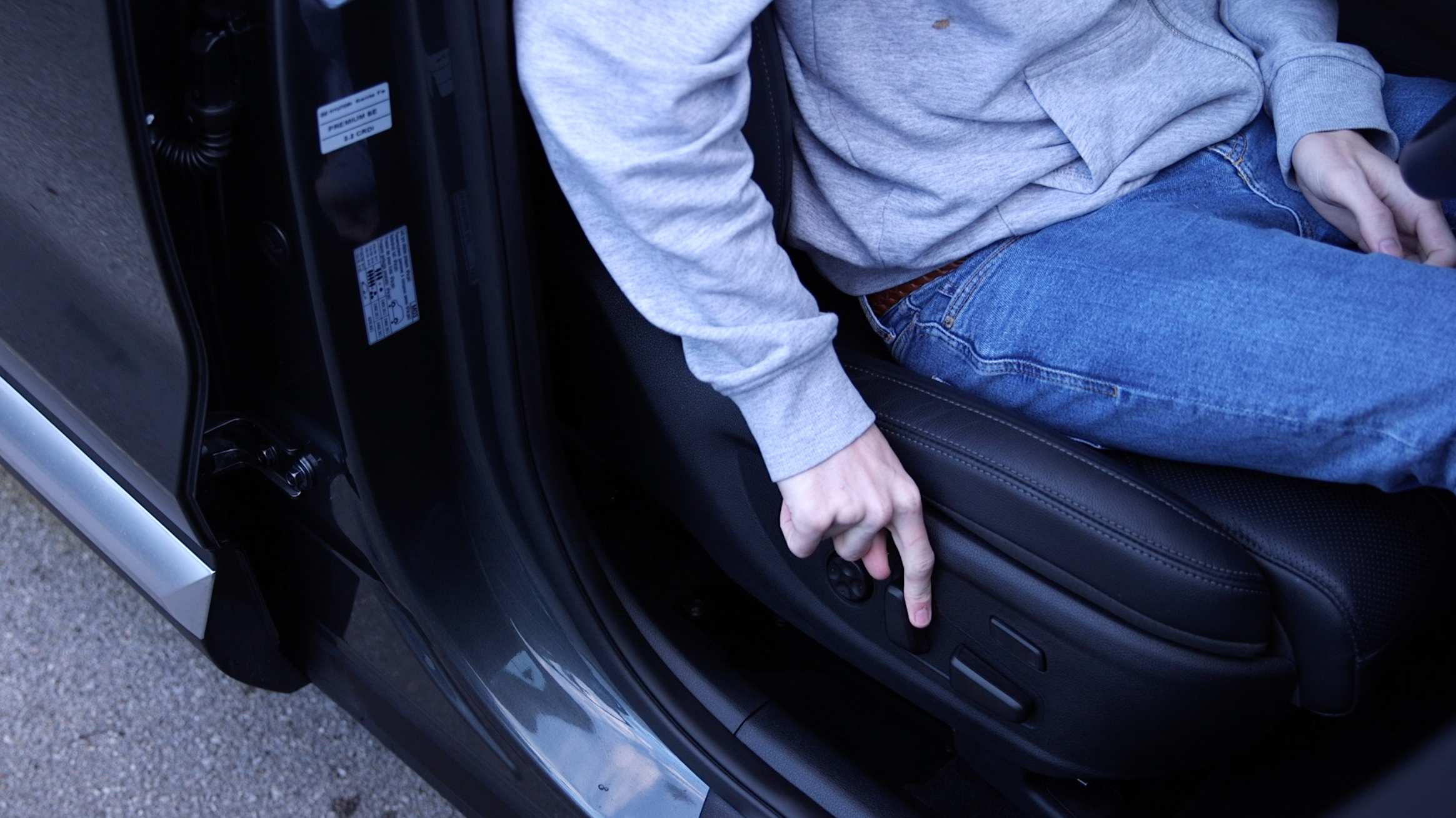
Your car may be more sophisticated – some luxury models offer as many as 16 adjustments. A common addition is lumbar support, which adds bolstering to the small of your back for greater support. You may also have seat squab length adjustment – a brilliant addition for those with long legs, as it helps support underneath the thigh.
Seat tilt adjustment and side bolster adjustment can also be offered.
Finally, adjust the headrest – a crucial aspect for safety, rather than comfort. The top of the headrest should be in line with the top of your head.
Setting the steering wheel
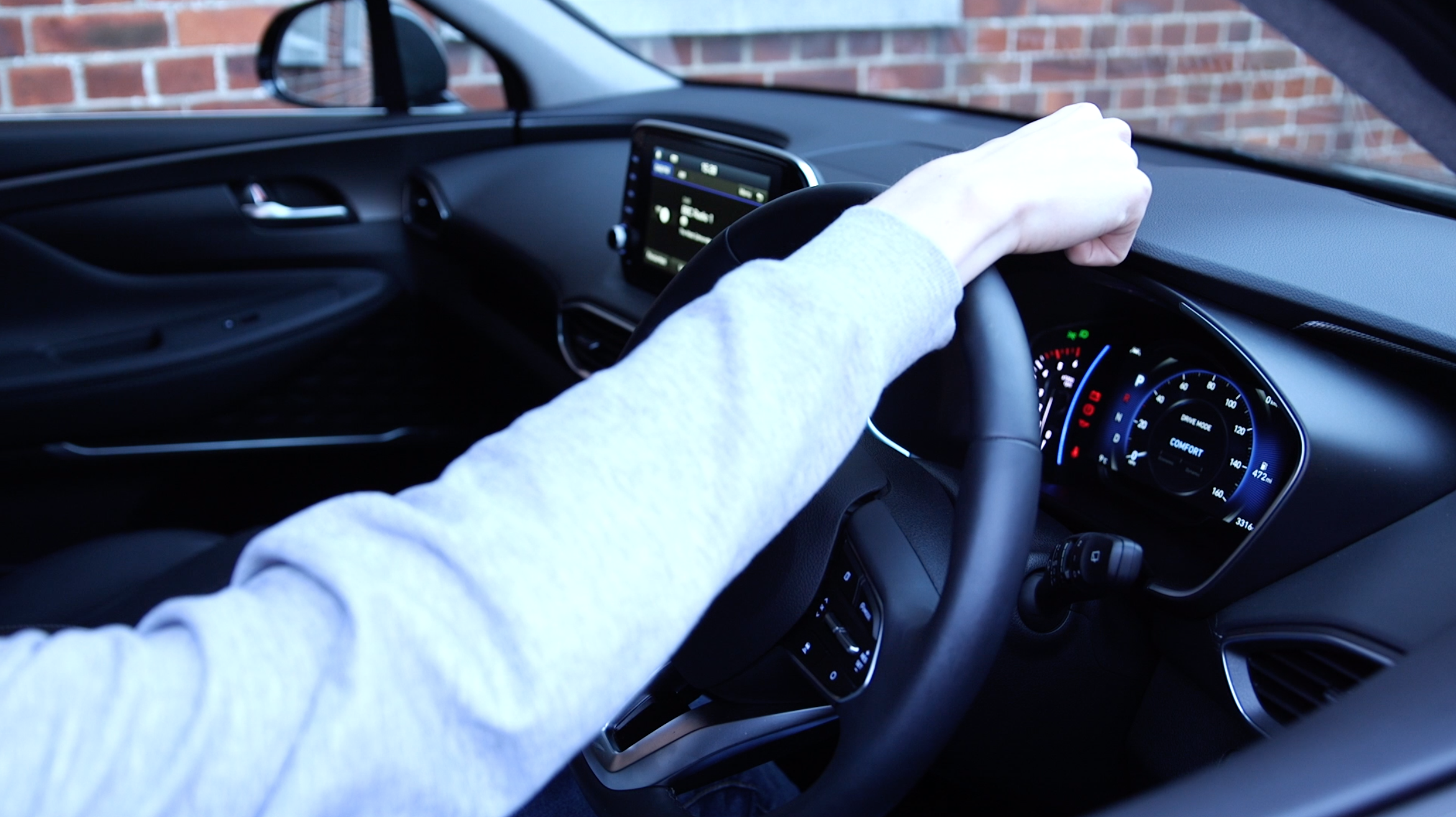
Most modern cars have a steering wheel that adjusts for reach and rake – in and out, and up and down, in other words. Basic models or smaller cars may eschew one or both of these.
You should be able to rest your wrist on top of the wheel with your arm outstretched. When turning the wheel, your shoulders should remain in contact with the seat – you shouldn’t have to lean forward to turn a corner.
It also goes without saying that you should be able to see the car’s major dials and gauges at a glance, too.
Other adjustments

Set your mirrors again once you’ve achieved the perfect driving position – obviously this should be to maximise your view behind you. Some cars also offer an adjustable-height seatbelt, which can be vital for very tall or short drivers to prevent the belt rubbing on your neck.
Clearly, not everybody is the same shape and size, and some drivers simply won’t be able to get the perfect driving position in every car. But follow these steps and you’ll at least get close.

